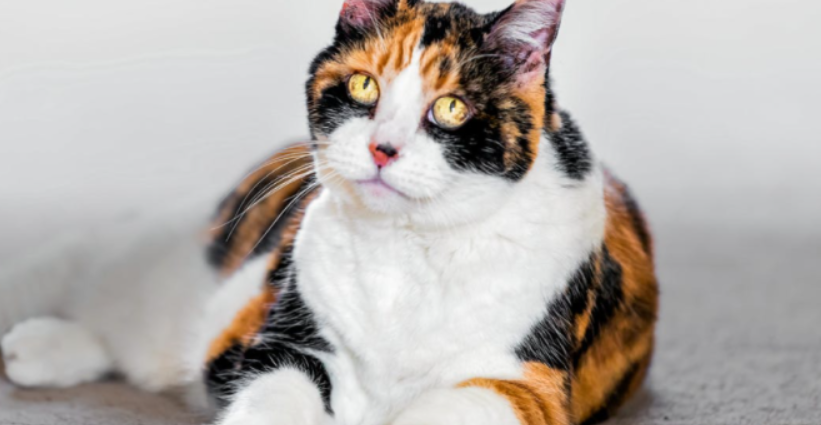Your cat needs different care at each stage of life – but what makes a cat older and how should it be cared for at this age?
Your cat needs different care at each stage of life to maintain its well-being – whether it’s the growth phase of the kitten’s life or maintaining the health of the older cat. But when can a cat be considered older and what changes can you notice?
The age of the cat in human years
As with humans, the aging process is an individual experience, and different cats show signs of aging at different times. In general, however, your cat’s body will show the first signs of aging at the cellular level by the age of seven. But you won’t see any outward symptoms until your cat is 12 years old. From that point on, the cells in her body slow down and her bodily functions become less efficient, including the heart and immune system.
The veterinary classification of your cat’s age is: between the ages of seven and 10 the cat is full grown, between the ages of 11 and 14 the cat is considered elderly from the age of 15 the cat is classified as geriatric. To understand this in human years, a ten-year-old cat would be equivalent to a 56-year-old man. It is not uncommon for cats to be 20 years old – the same as a 96-year-old man.
Signs that your cat is aging
Although every cat shows different signs of aging, there are some general aging processes that every cat goes through. Smell, taste, and hearing become weaker, which affects their appetite. It may also be affected by dental problems such as tooth wear, gum disease or tooth loss. The combination of these problems can lead to weight loss.
Their joints are less flexible, especially if they are affected by osteoarthritis, which causes severe pain and movement problems. This inflexibility also affects their ability to arrange hair, causing problems with coat and skin.
Only the coat becomes lighter and you may notice poorer quality because the sebaceous glands that secrete nourishing oils for the skin are no longer as productive. The natural ability of the immune response decreases with age, putting the cat at greater risk of infection and disease. Various metabolic processes, such as digestion, also change as the body’s ability to break down fats and proteins declines over the years.
Older cats may also exhibit behavioral changes, including a lack of interaction or release of sounds when it’s not time to socialize. They may sleep more but less deeply, which can affect their daily routine and cause behavior problems.
Symptoms of illness in older cats
Sometimes these symptoms in an older cat are not just a sign of aging, but can be symptoms of a more serious problem.
Cats tend to hide the disease so they limit movement or activity, which further exacerbates the problem by not indicating pain with noticeable signs such as limping or noises. For this reason, it is important to consider any subtle behavioral changes, such as refusing to eat or stopping to go to a favorite place, and bring them to a veterinarian for examination.
There are some common symptoms to watch for in older cats that may indicate a more serious problem:
Loss of appetite or weight may indicate digestive problems,
Frequent urination or thirst are possible signs of urinary problems, stiffness, limping or difficulty getting up can indicate arthritis, seemingly disoriented, anxious or unusual behavior.
Regular vet visits will detect more serious conditions early before they progress, ensuring the best possible care for your senior cat.
